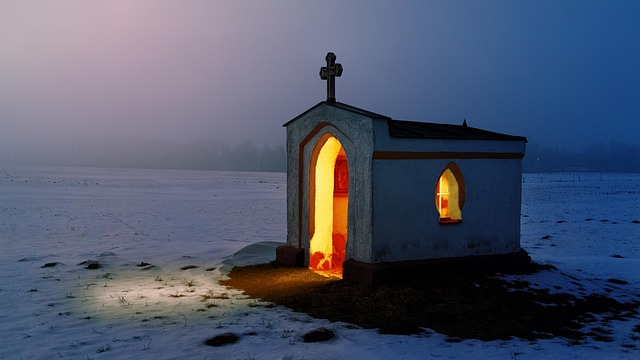When it comes to photography, every image tells a story, but the tone of that story can dramatically change the viewer’s perception. One of the most powerful tools at a photographer’s disposal is light, and how it’s manipulated can enhance the mood and depth of a photo significantly. Mastering lighting not only helps in achieving the right tone but also elevates the overall quality of your photos.
Understanding the different qualities of natural and artificial light is essential. Whether you’re using a DSLR, mirrorless camera, or even a smartphone, knowing how to harness available light can make a world of difference. Optics play a crucial role here; the right lens can dramatically affect how light is captured and the resulting tone of your images. For instance, using a prime lens with a wide aperture can produce beautiful blurred backgrounds, making your subject the star and enhancing the mood you want to convey.
Consider the time of day you choose to shoot. The golden hour” — just after sunrise and before sunset — provides warm, soft light that can create stunning, ethereal tones in your photographs. By strategically positioning your camera to take advantage of this light, you can capture images that radiate warmth and emotion. Shadows and highlights play off each other, enabling you to create dynamic compositions that evoke feelings of nostalgia or tranquility.
On the flip side, shooting in harsher midday light can produce stark contrasts and overpowering highlights that may not suit every subject. However, you can embrace this light to create dramatic effects, especially with architectural photography where shadows can add depth and texture. Experimenting with different angles and perspectives during these times can lead to unique interpretations of your subjects. Remember, it’s all about exploring the emotional tone that you want your photography to convey.
Additionally, artificial lighting gives photographers the control to set the mood at any time of day. Using tools like softboxes, reflectors, or even speedlights allows for manipulation of shadows and highlights, thereby affecting the overall tone of your work. It’s critical to understand how soft or hard light can change the expression of your subjects. A soft, diffused light can create a gentle, dreamy atmosphere, while hard light can evoke feelings of drama and intensity.
Post-processing also plays a significant role in achieving the desired tone of your images. Software like Adobe Lightroom or Photoshop enables you to adjust exposure, contrast, and color balance, allowing for even more creative control over the final look of your photograph. Tuning these elements can enhance the mood, aligning it more closely with the visual narrative you aim to craft.
Incorporating these techniques into your photography will not only enhance your skills but also deepen your understanding of how light impacts tone. So pick up your camera, step outside, and start experimenting. Discover how different light sources transform your world and the stories you want to tell through your lens.




